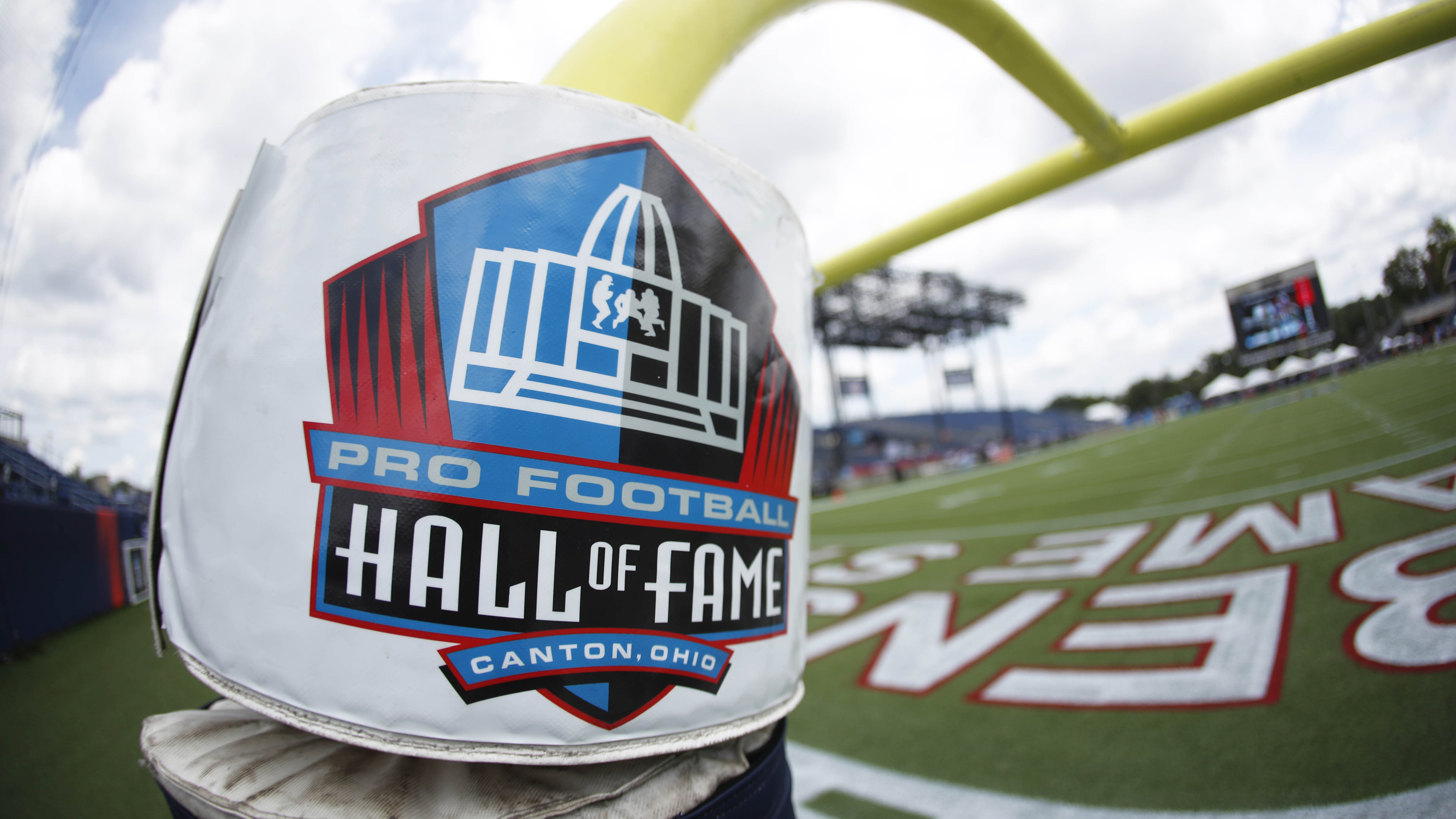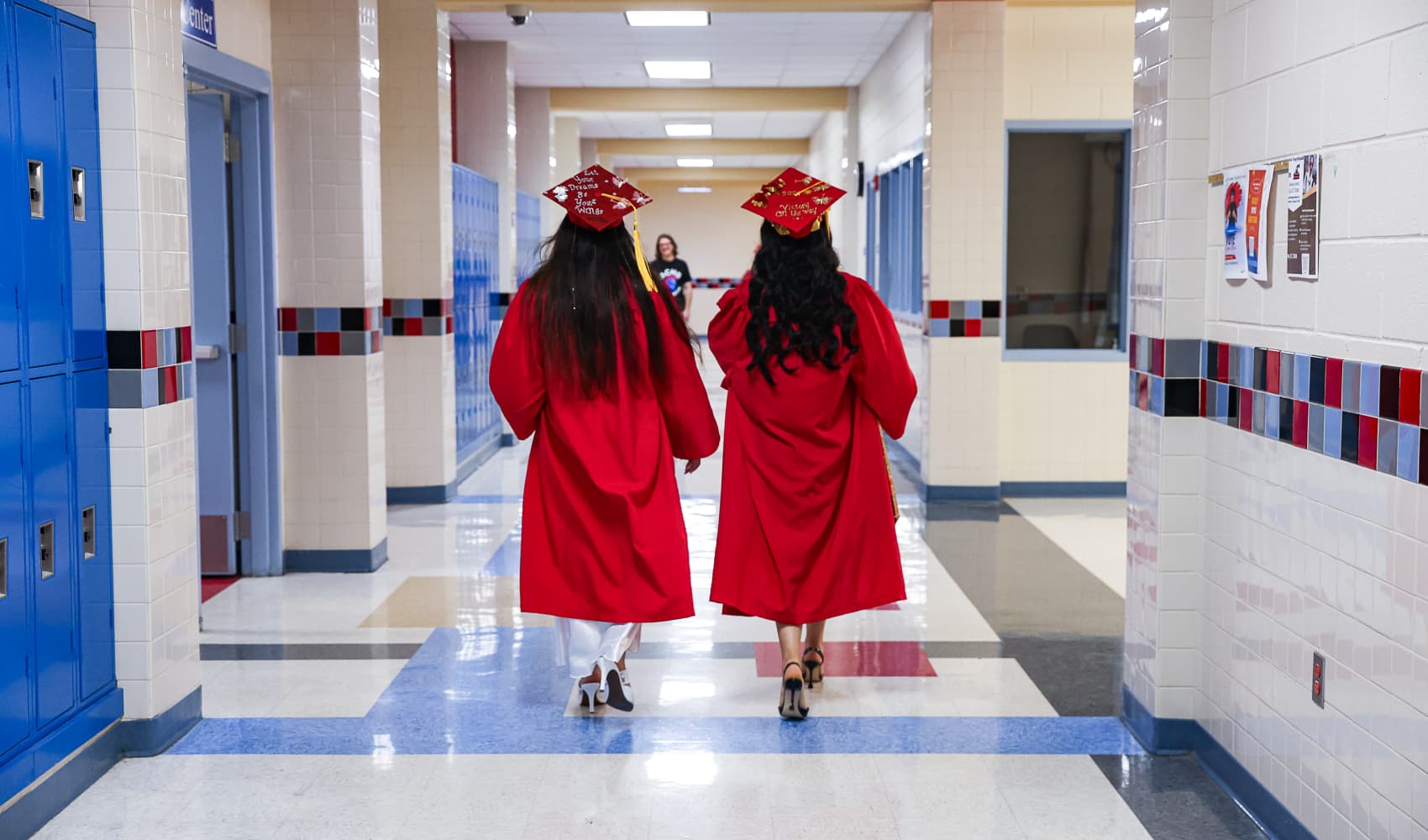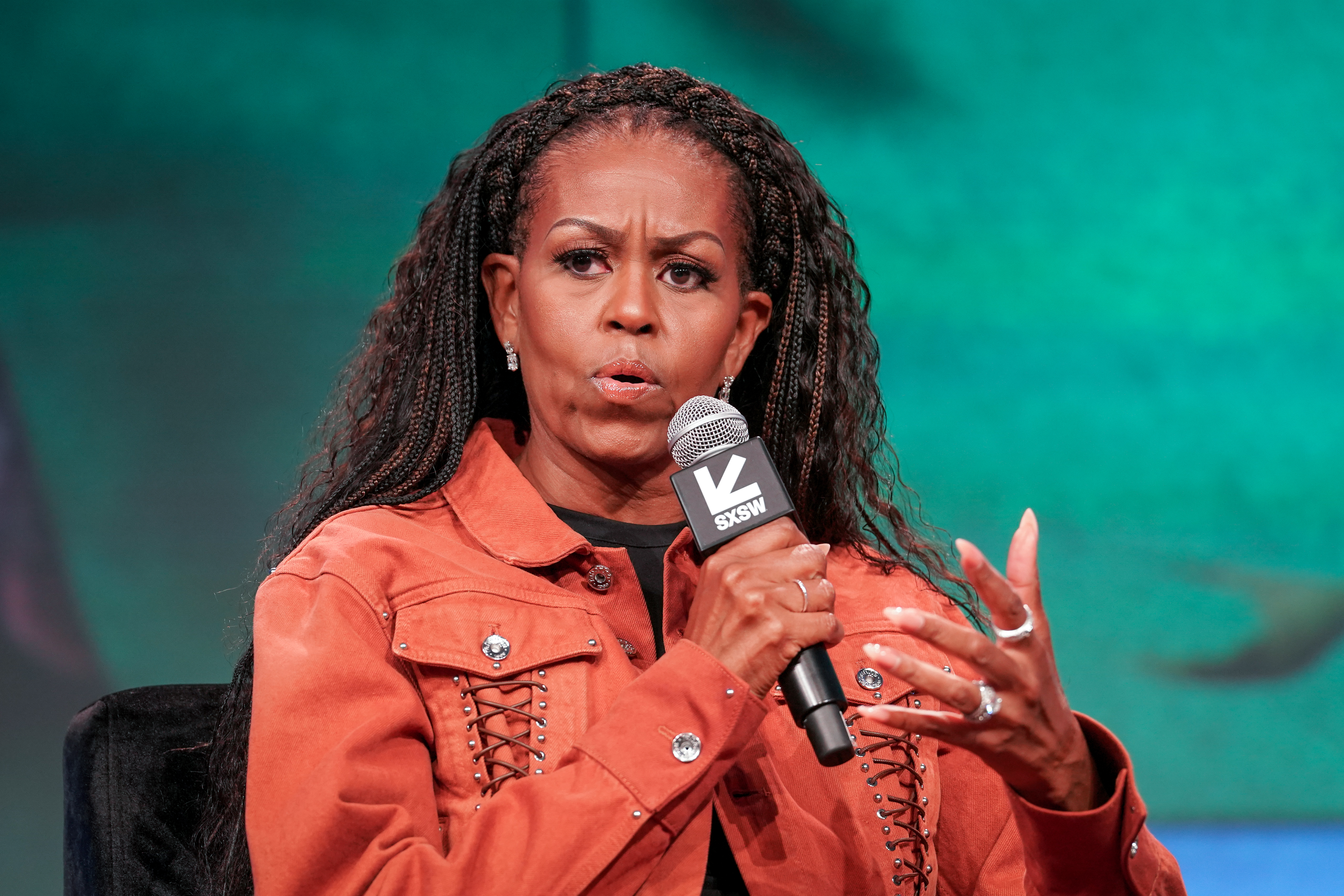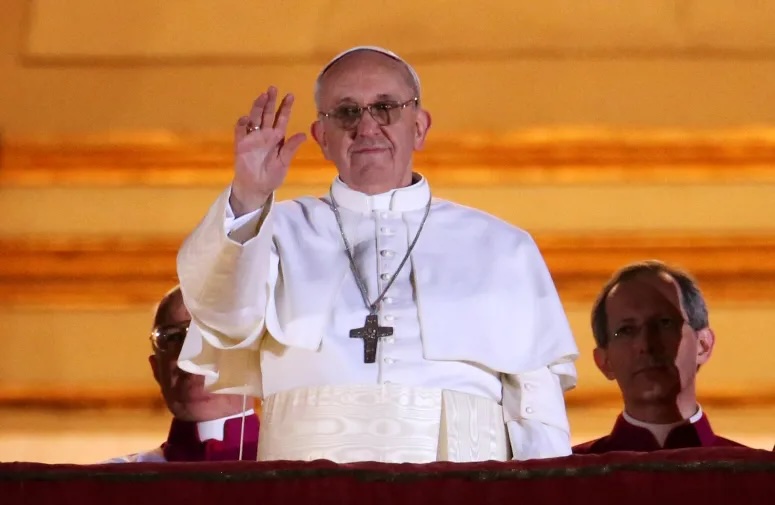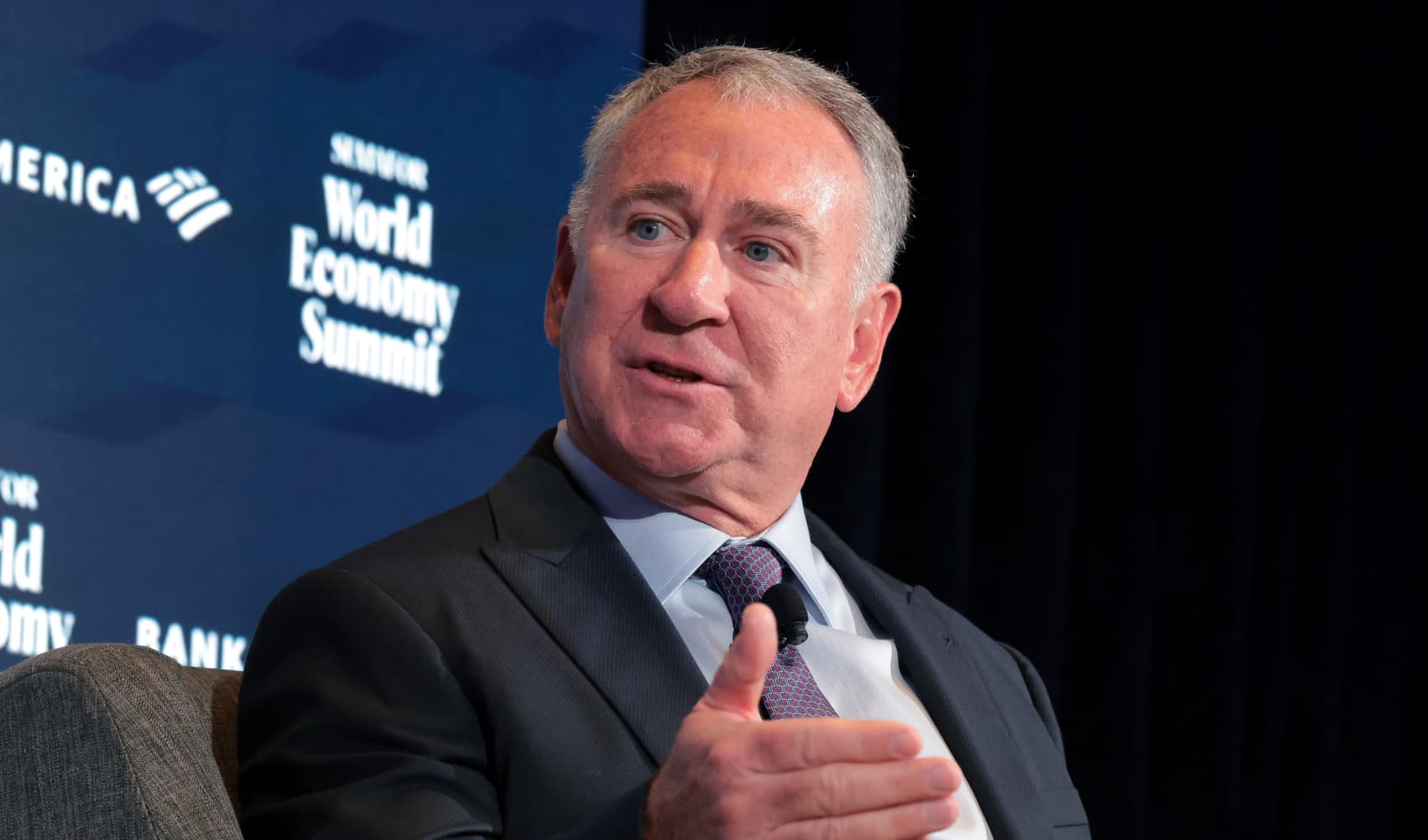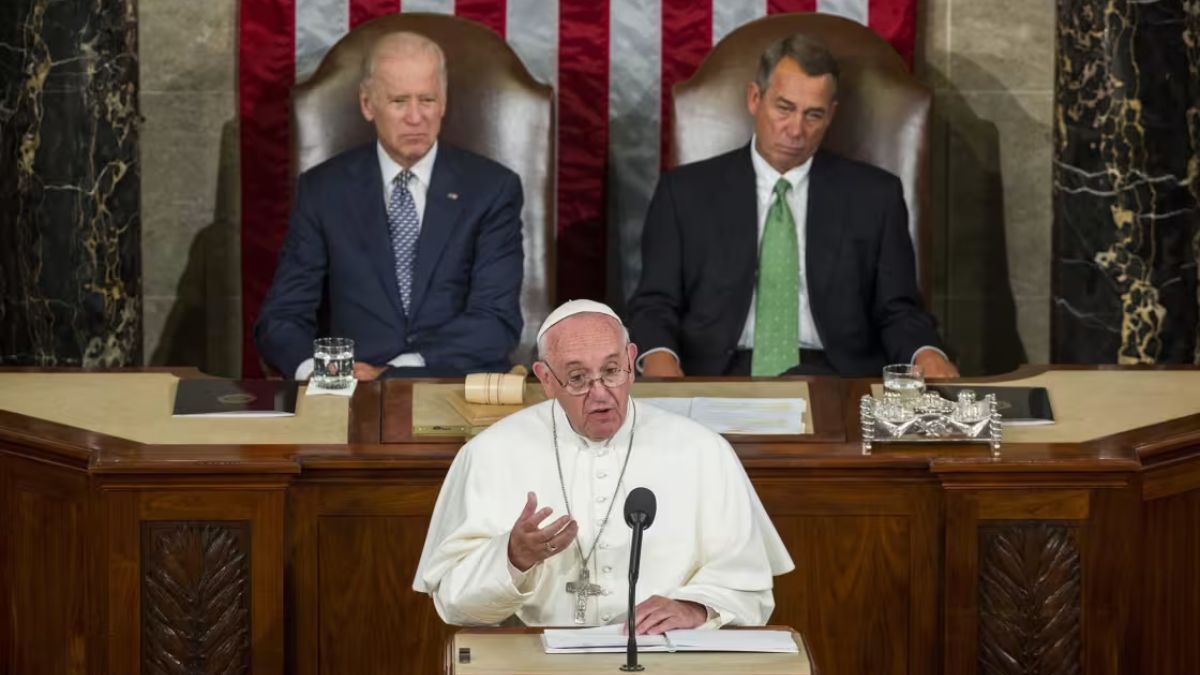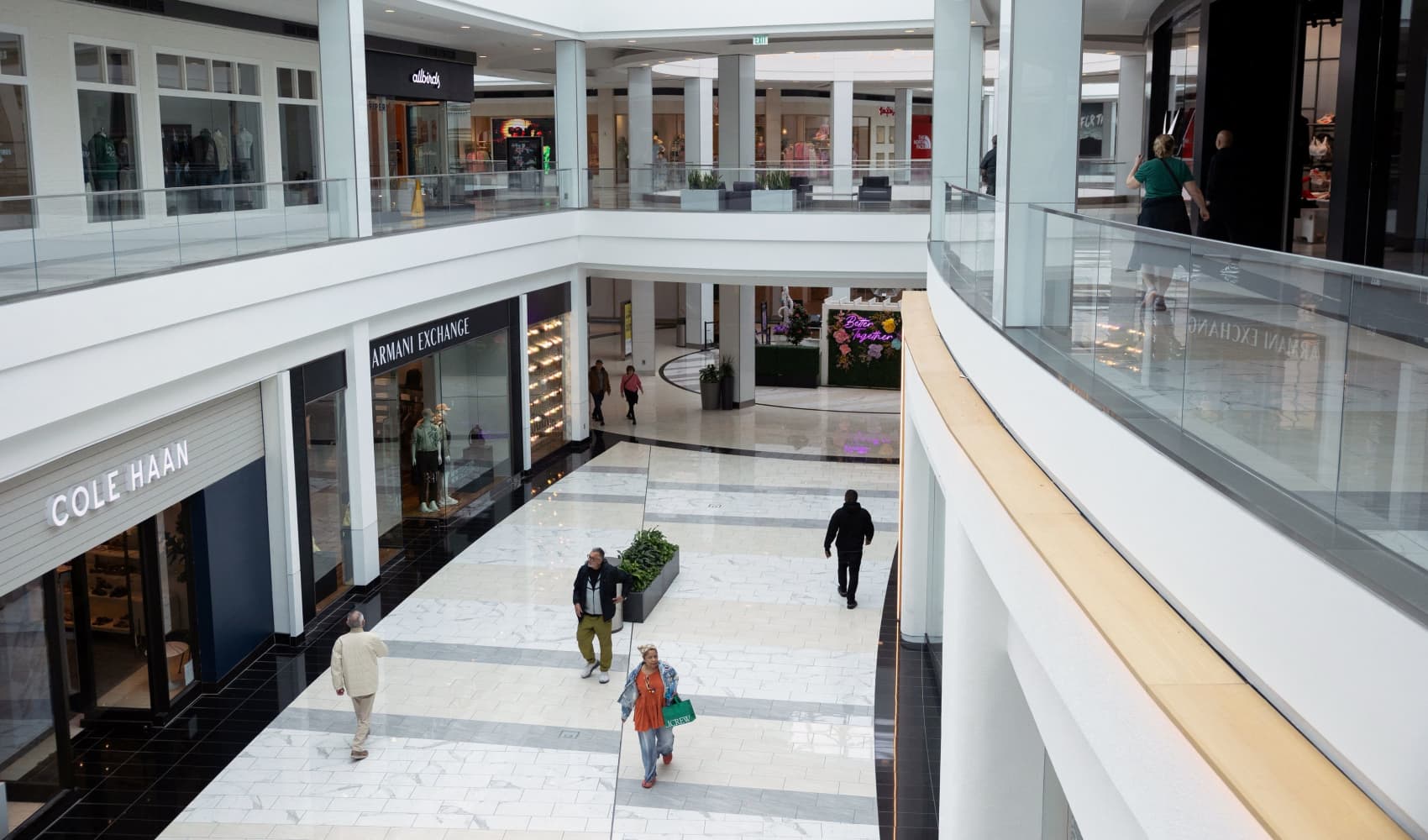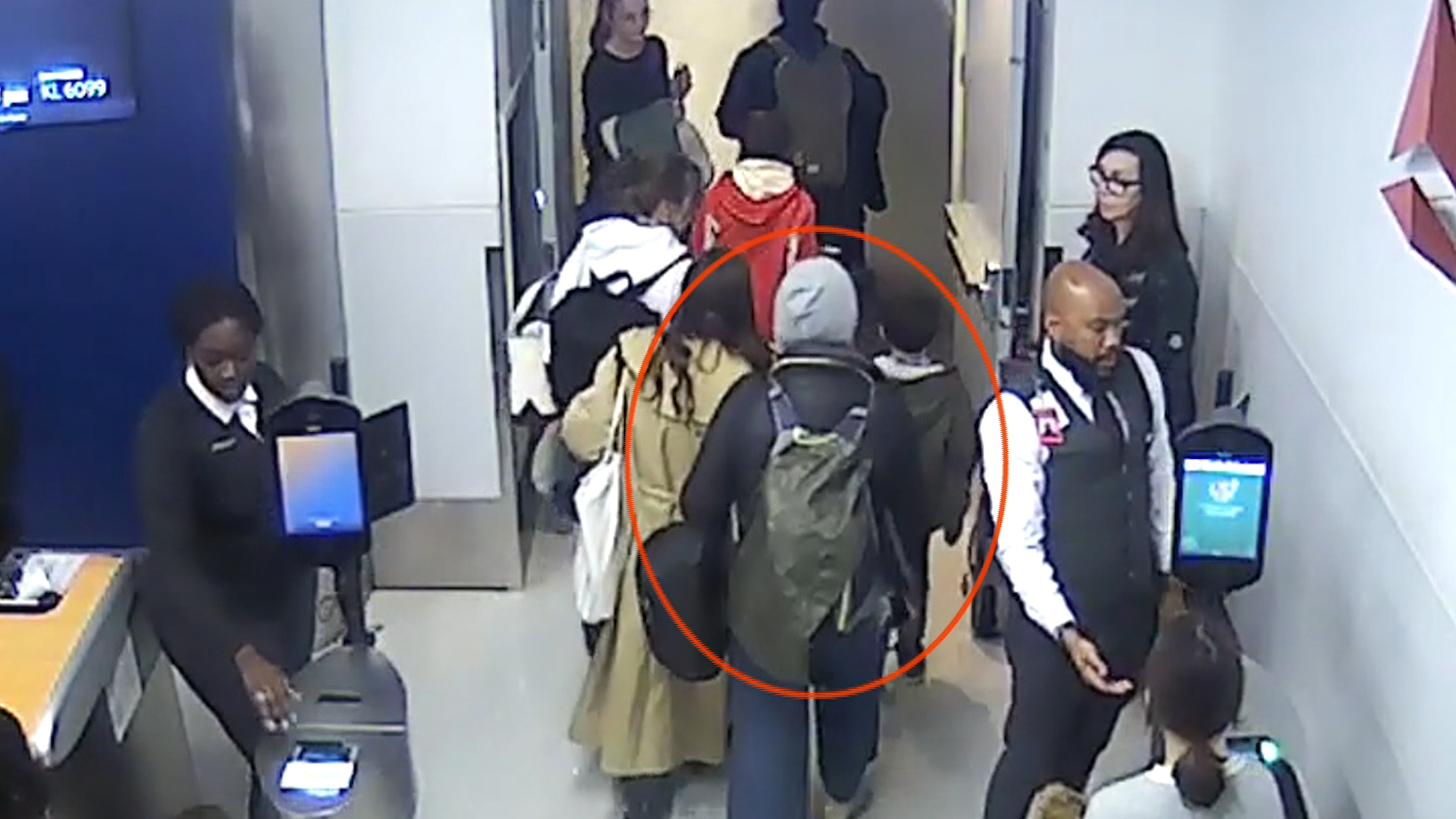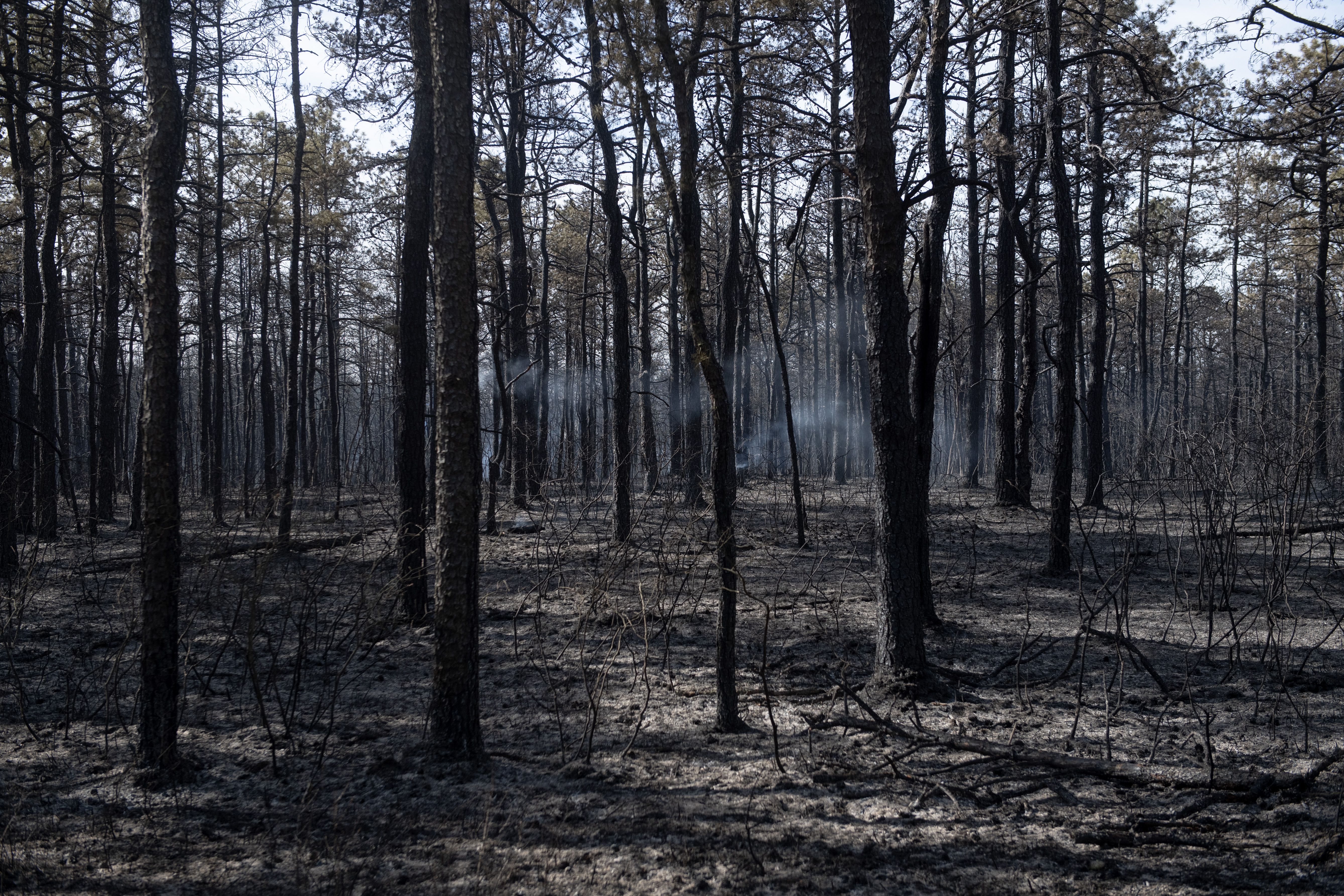2025 Hall of Fame Game: Lions vs Chargers Showdown!
Roar Meets Bolt: Lions & Chargers Clash in 2025 Hall of Fame Game!
A Gridiron Preview: Two Playoff Titans Collide
Get ready, football fans! The NFL preseason is kicking off in a big way next year. Two teams fresh off playoff appearances, the Detroit Lions and the Los Angeles Chargers, are set to face off in the 2025 Pro Football Hall of Fame Game. It's going to be a clash of the titans, a sneak peek at what the 2025 season might hold, and a celebration of football greatness. But why these two teams? Let's dive in!
The Pride of Detroit vs. The Bolt from LA: Setting the Stage
Mark your calendars for Thursday, July 31st, 2025! That's when the Motor City meets the City of Angels in Canton, Ohio, at the Tom Benson Hall of Fame Stadium. This stadium, practically in the shadow of the Hall of Fame itself, will be the battleground for this highly anticipated preseason matchup. It’s more than just a game; it’s a tradition steeped in honoring the legends of the sport.
Location, Location, Location
The Tom Benson Hall of Fame Stadium isn't just any football field. It's a sacred space, hallowed ground for football aficionados. Its proximity to the Hall of Fame itself gives the game an extra layer of significance. Think of it as the pre-ceremony party before the real celebration begins!
A Hall of Fame Connection: The Antonio Gates Factor
So, what ties these two teams together for this prestigious game? The answer: Antonio Gates. This isn't just a random pairing. The Hall of Fame game traditionally features teams with connections to the incoming Hall of Fame class. And who's headlining that class in 2025? None other than legendary Chargers tight end Antonio Gates!
From Detroit Roots to Chargers Glory
Gates’ story is a remarkable one. Born and raised in Detroit, he spent his entire incredible 16-year NFL career with the Chargers. To honor him, it is only fair that his team will play in a tribute game to his career. He redefined the tight end position, becoming a household name and a nightmare for opposing defenses.
Antonio Gates: A Tight End Titan
Gates isn't just a Hall of Famer; he's a football icon. With the most receiving touchdowns by a tight end in NFL history, he's set the bar incredibly high. He was a true game-changer, a player who could single-handedly alter the outcome of a game. He's more than deserving of this honor.
A Legacy Etched in Touchdowns
Imagine this: the roar of the crowd, the precision routes, the gravity-defying catches… Gates brought a level of athleticism and skill to the tight end position that had never been seen before. His impact on the game is undeniable, and his induction is a testament to his hard work and dedication.
The Class of 2025: A Star-Studded Enshrinement
Gates will be in good company when he's enshrined on Sunday, August 3rd. The 2025 Hall of Fame class is packed with talent, including defensive back Eric Allen, defensive end Jared Allen, and wide receiver Sterling Sharpe. It’s a class of players who left an indelible mark on the game.
Beyond Gates: A Class of Legends
Think about the impact these players had. Eric Allen, a shutdown corner who terrorized quarterbacks. Jared Allen, a relentless pass rusher who lived in opposing backfields. Sterling Sharpe, a dazzling receiver who captivated audiences. Each of these players deserves their place among the all-time greats.
What This Game Means for the Lions
For the Detroit Lions, this game is a chance to showcase their revamped team and build momentum heading into the 2025 season. After a promising 2024 season, Lions fans are hungry for more. This is an opportunity to prove they're a force to be reckoned with.
A Chance to Shine on the National Stage
The Lions have been through some tough times, but they're finally on the rise. This game is a national platform to show the world what they're capable of. Can they carry their momentum into the new season? This game will offer an important clue.
What This Game Means for the Chargers
Similarly, the Los Angeles Chargers will be looking to build on their own playoff success. With a young, exciting roster, they're eager to make a deep playoff run. The Hall of Fame game provides a valuable opportunity to fine-tune their game plan and get a head start on the competition.
Building Momentum in the Preseason
The Chargers have the talent to compete with the best teams in the league. This game is a chance to work out the kinks, develop chemistry, and prepare for the challenges that lie ahead. The ultimate goal is to hoist the Lombardi Trophy, and the journey starts here.
A Preseason Preview with Regular Season Intensity?
Let’s be honest, it's a preseason game, so don't expect to see the starters playing the entire time. But with so much at stake, will the intensity be turned up a notch? Both teams will undoubtedly want to make a statement.
Balancing Competition and Preparation
Coaches will be walking a tightrope, trying to evaluate talent and prepare for the regular season without risking injuries. It's a delicate balance, but the opportunity to play in front of a national audience and honor a legend like Antonio Gates will undoubtedly add some extra juice to the game.
Beyond the Game: A Celebration of Football
The Hall of Fame game is about more than just the two teams on the field. It's a celebration of football, its history, and its legends. It's a time to reflect on the past and look forward to the future.
Honoring the Past, Embracing the Future
This game serves as a reminder of the rich history of the NFL and the countless players who have contributed to its legacy. It's a chance to honor those who paved the way and inspire the next generation of football stars.
A Game for the Fans
Ultimately, the Hall of Fame game is for the fans. It's a chance to witness a unique event, celebrate the game we all love, and get a sneak peek at the upcoming season. It's an opportunity to connect with the sport on a deeper level.
The Energy of Canton
If you're a true football fan, a trip to Canton for the Hall of Fame festivities is a must. The atmosphere is electric, the energy is infectious, and the experience is unforgettable.
Conclusion: A Matchup Worth Watching
The 2025 Hall of Fame Game between the Detroit Lions and the Los Angeles Chargers promises to be a compelling kickoff to the NFL preseason. With a connection to Hall of Fame inductee Antonio Gates, two playoff-caliber teams eager to prove themselves, and the backdrop of the Pro Football Hall of Fame, this game is more than just a preseason tune-up. It’s a celebration of football, its legends, and the excitement of a new season on the horizon. Get ready for some football!
Frequently Asked Questions
Here are some frequently asked questions about the 2025 Hall of Fame Game:
- Why were the Lions and Chargers chosen for the Hall of Fame Game?
The game traditionally features teams connected to inductees into the Pro Football Hall of Fame. Antonio Gates, a legendary tight end who spent his entire career with the Chargers and was born in Detroit, is being inducted in 2025. - When and where will the 2025 Hall of Fame Game be played?
The game will be played on Thursday, July 31st, 2025, at Tom Benson Hall of Fame Stadium in Canton, Ohio. - Will the starters play the entire game?
No, it's a preseason game, so expect limited playing time for the starters as coaches focus on evaluating talent and avoiding injuries. - How can I get tickets to the Hall of Fame Game?
Tickets are typically available through the Pro Football Hall of Fame website and through Ticketmaster. You can sign up for email alerts on the Hall of Fame's website to get notified when tickets go on sale. - What other events are happening during Hall of Fame weekend?
Besides the game, Hall of Fame weekend includes the enshrinement ceremony, a parade, a fan festival, and various other events celebrating the new Hall of Fame class.
